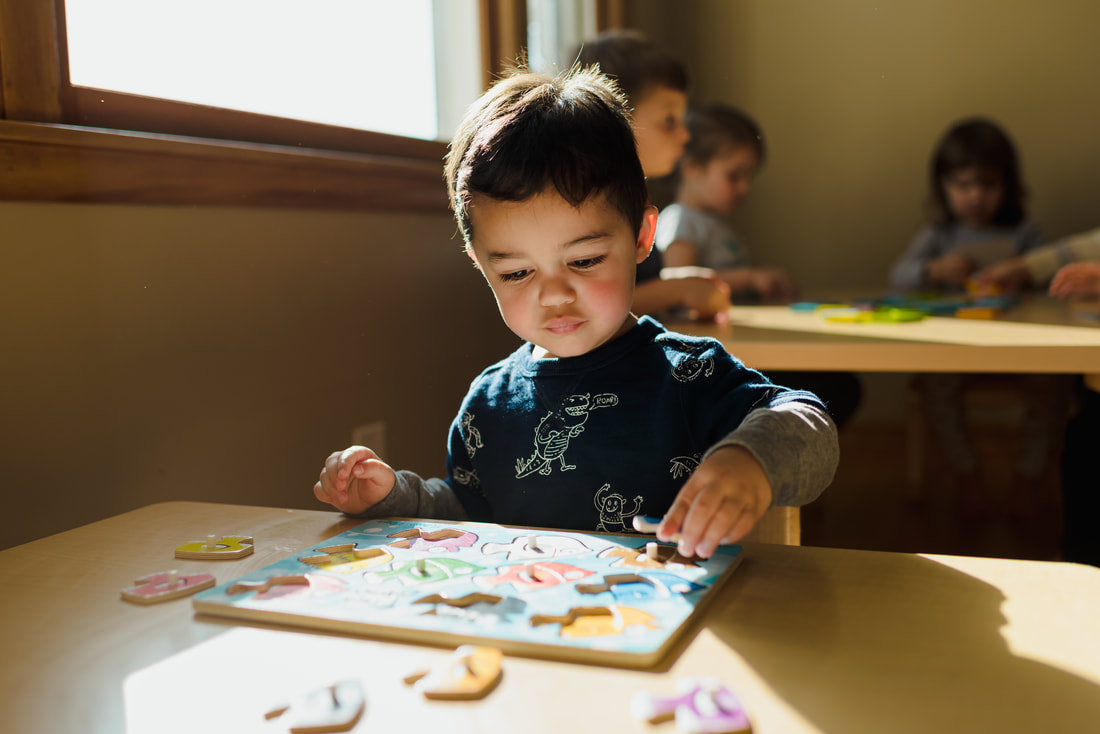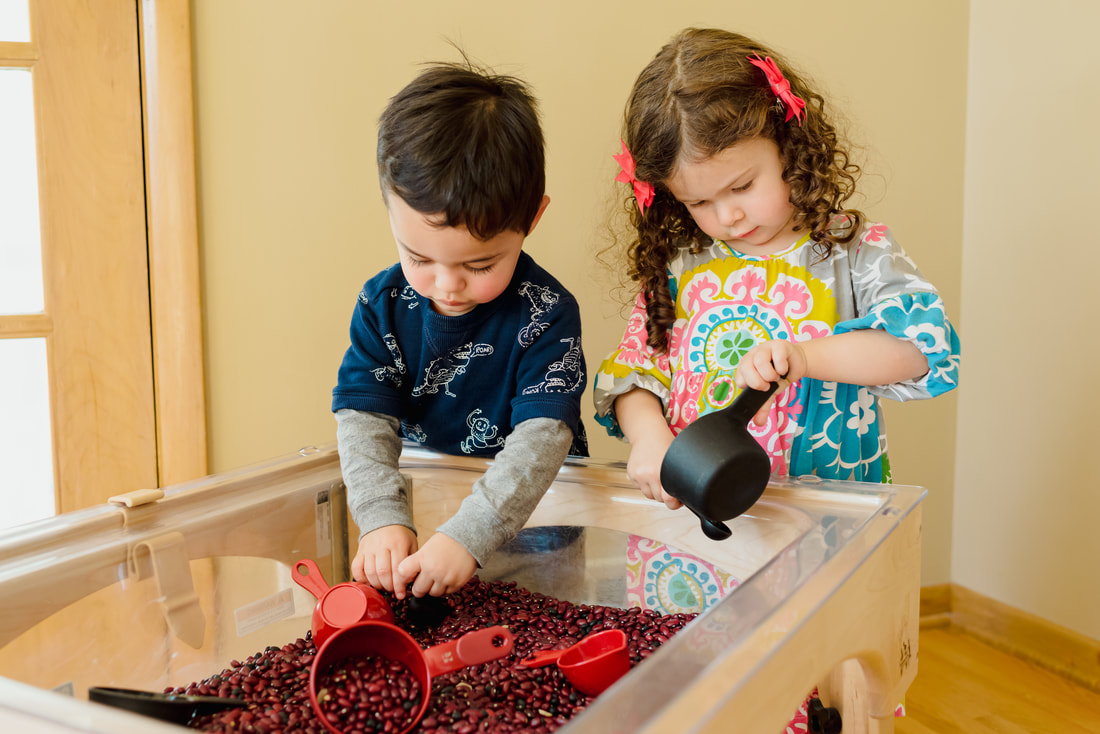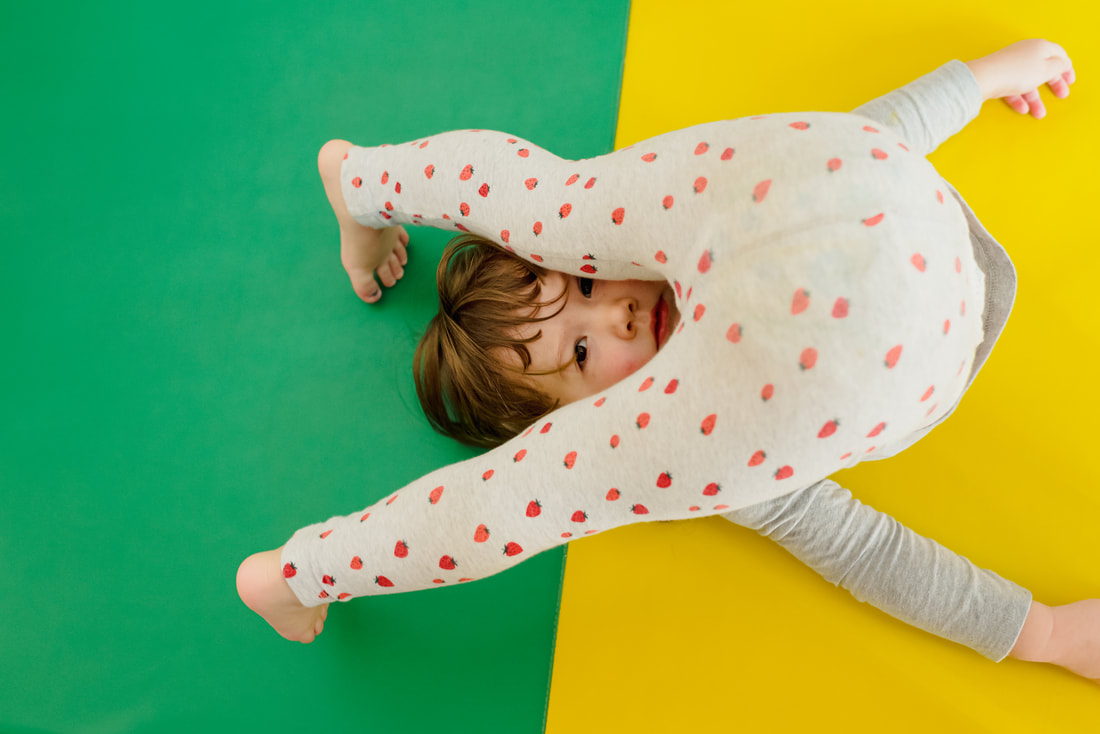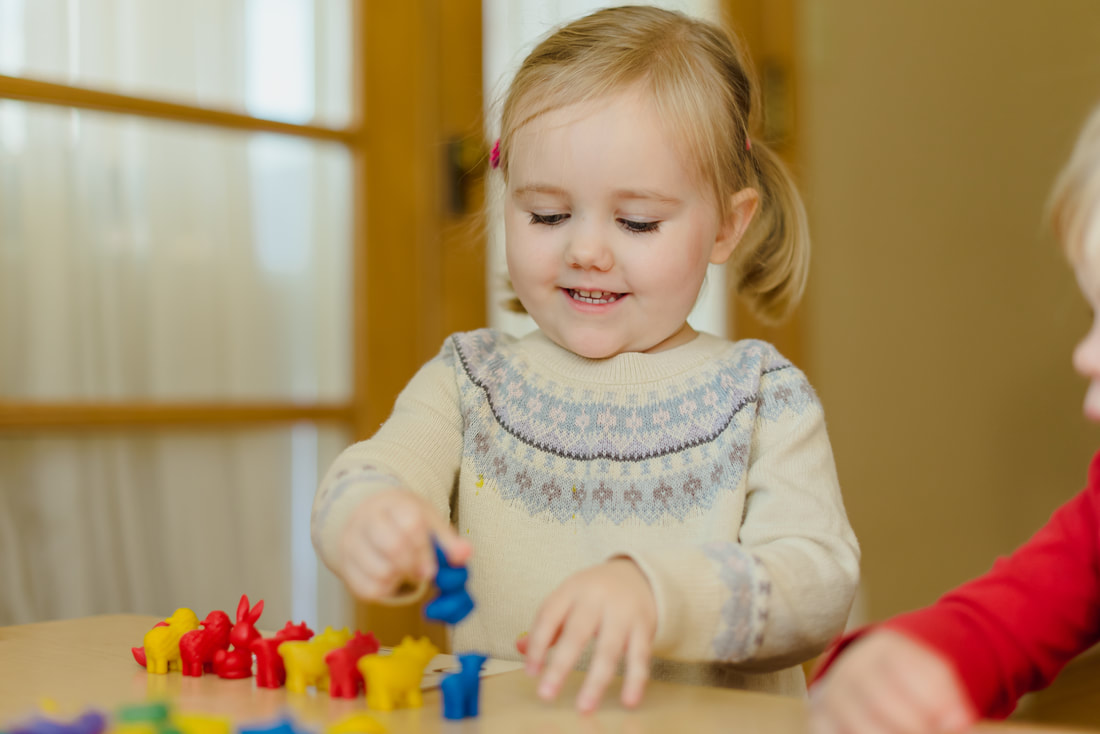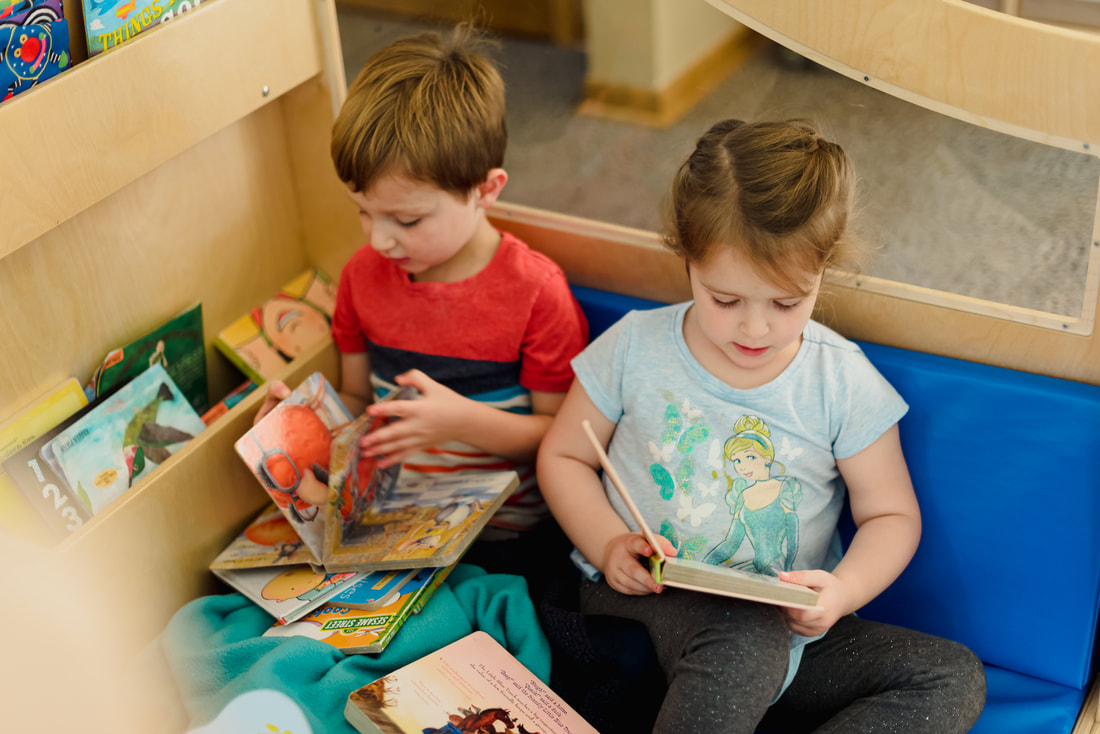Approach to Toddler Care
The Baby Vine offers a top quality care experience for toddlers by committing to nurturing and respecting them as individuals and creating a learning environment where their unique needs and goals can be met as they go through this critical time in their lives. The first objective is to partner with the parents/guardians to understand their child’s current routines and developmental milestones well before the child begins care. This is to allow the best support for all involved during the transition to in-home child care and allow for consistent practices for the child. Once enrolled, establishing a trusting bond with the same providers is important for continuous support year over year for both the child and the family receiving care. As the toddler continues to grow, they will be cared for each step of the way by having engaging experiences with their providers, socialization, and learning activities with other children, all while exploring a stimulating learning environment that supports their developmental needs and prepares them for preschool readiness.
The below information details key developmental goals for the toddler age group, as well as lists some of the materials/activities that are available to support these learning objectives.
The below information details key developmental goals for the toddler age group, as well as lists some of the materials/activities that are available to support these learning objectives.
Emotional Development
Provider will encourage self-confidence and self-trust by providing activities, objects, and spaces within the child care that toddlers can choose from and explore on their own depending on their needs/interests. Incorporating emotional learning objectives such as songs, stories, puppets, pictures, and phrases into daily activities will support emotional awareness and understanding while provider role models language and desired behavior. Daily movement, music, dramatic play and/or creative projects will allow for toddler self-expression and emotional support. Educational materials surrounding cultural differences, gender/physical composition, dressing/undressing of dolls, and engaged diaper changing experiences will all support toddlers as they transition to toilet training.
|
Approach to Learning
Provider will set-up the child care environment for the success of the child by offering key learning materials that are age appropriate and accessible at their level. While being supervised, toddlers are allowed the freedom to move throughout the child care as a way of supporting independent exploration. Areas/items that the toddler shows interest in will be included in future activities to build upon their individual learning curiosities. Toddlers will be able to interact and observe the other children as they partake in learning activities where they can learn from the other children as they may be older/at a different developmental stage.
|
Social Development
Primary caregiver will engage in conversations with toddlers throughout the day to support social interaction, language development and behavior guidance. Toddlers will be allowed group times for learning activities, games & play time, and music & movement where they will learn from other children as well as gain social skills. Toddlers will also be allowed quiet time to strengthen comfort in independence. Provider will encourage self-help skills and support child’s abilities when they are ready, such as having toddlers walk up wooden stairs at changing table while still needing provider to oversee diaper change.
|
Creativity & The Arts
Toddlers will be allowed to participate in daily music and movement activities to socialize, have physical activity, as well as allow for individual expression. Primary caregiver will supervise sensory table time and allow toddlers to explore various materials/textures as they learn about shapes/sizes/measuring/etc. Toddlers will have access to creative art project materials daily with direct supervision where they can color, paint, and create. Dramatic play will be encouraged to allow toddlers to explore various roles and social dynamics with dress-up materials and a variety of educational puppets and toys.
|
Physical & Motor
With the Freedom of Movement method, toddlers will be able to explore the child care and outdoor environment freely while being supervised. This method is utilized to support multiple areas of early childhood development such as spatial awareness relating to their own body and the physical environment as well as their ability to assess risk in a given situation. The child care environment is intentionally structured for the success of the child by offering a variety of objects and learning activities that support both fine and gross motor skills. Toddlers will have access to creative art materials, blocks, balls, games and educational manipulatives to work on fine motor skills. Gross motor skills are supported with indoor safety mats and tunnel materials, large bouncy balls and wheely bugs, as well as with daily outdoor play time. In addition, structured daily movement activities such as group dancing and yoga will expose toddlers to a variety of levels, tools, and skills to support their physical growth and development.
|
Cognitive Development
Provider will set-up the child care environment for the success of the child by offering key learning materials that are age appropriate and accessible at their level. While being supervised, toddlers are allowed the freedom to move throughout the child care as a way of supporting independent exploration. Areas/items that the toddler shows interest in will be included in future activities to build upon their individual learning curiosities. Toddlers will be able to interact and observe the other children as they partake in learning activities where they can learn from the other children as they may be older/at a different developmental stage.
|
Language & Literacy
Primary caregiver will engage in conversation with toddlers throughout the day to support language development and vocabulary expansion as they continue to improve their ability to ask for what they want/need/are interested in. Provider will continue using sign language as an early communication tool that supports the child’s ability to ask for what they need/want in a physical way while their verbal language continues to develop. Toddlers will be read to throughout the day as well as participate in group learning activities with the other children to hear a variety of stories, words, and concepts.
|
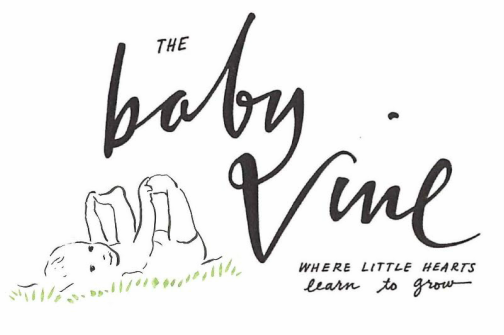
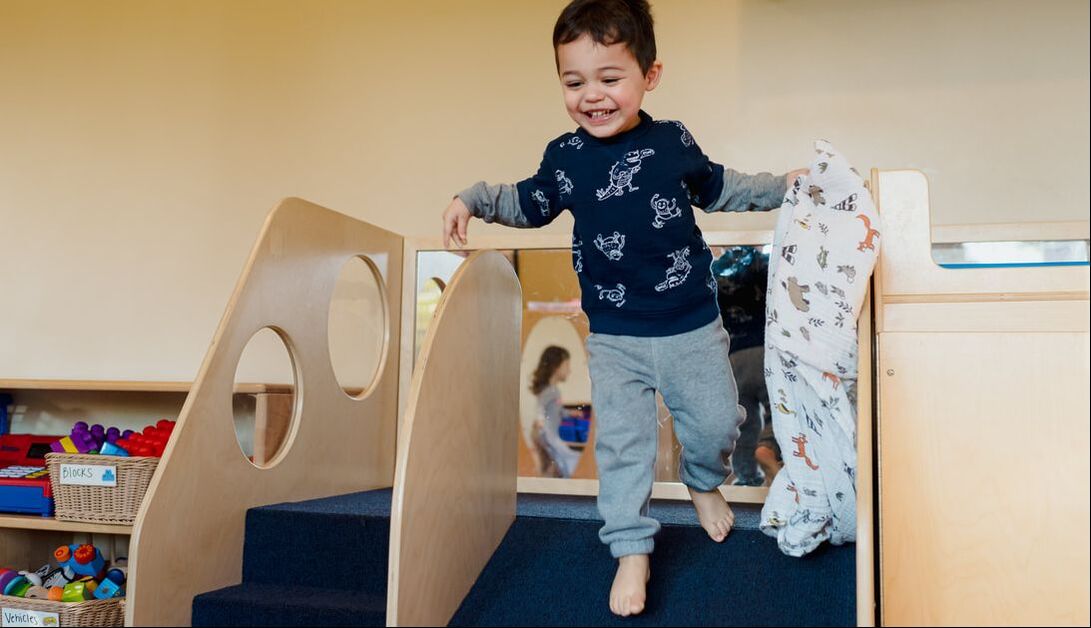
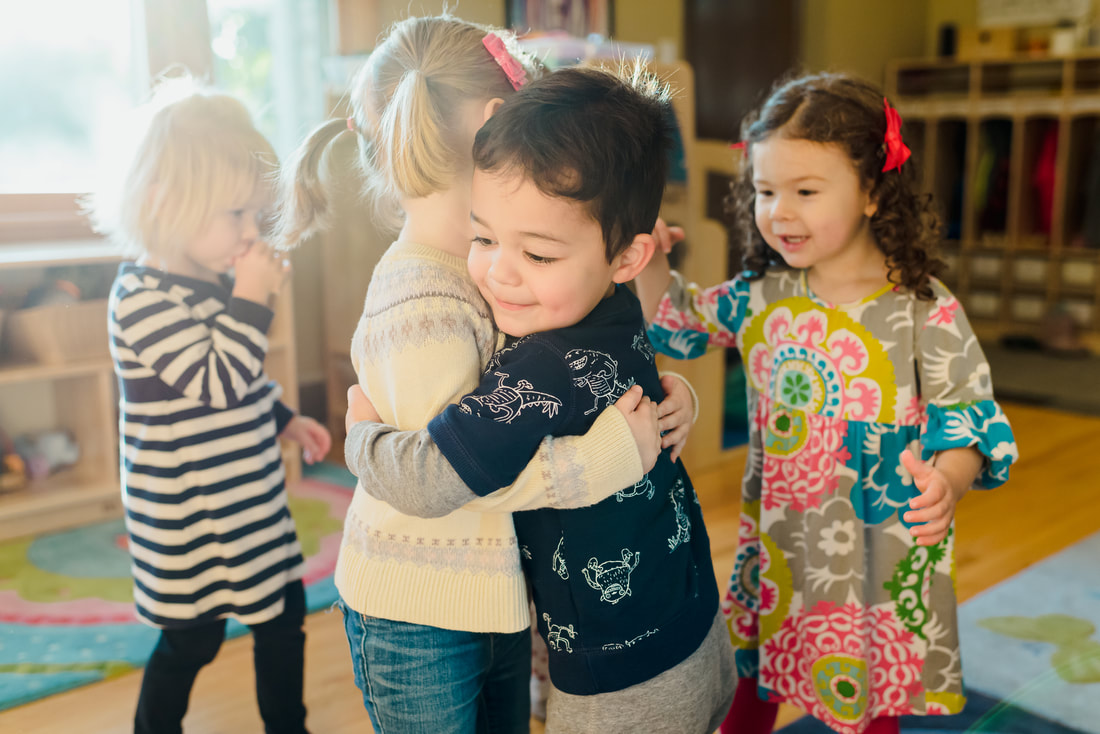
 Activities
Activities